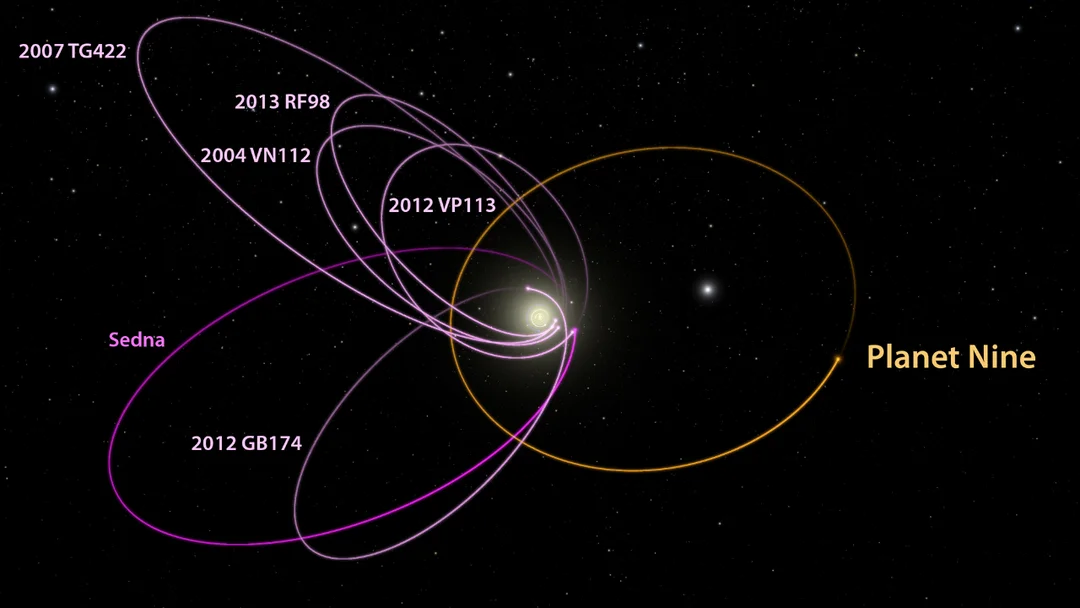
Planet Nine: Is a Hidden World Lurking in Our Solar System?
The hunt for Planet Nine, a hypothetical planet lurking in the outer solar system, is intensifying. Astronomers are sifting through archival data from past infrared telescopes, hoping to catch a glimpse of this elusive world. But is this "Planet X" real, and if so, when will we finally find it?
For years, scientists have noticed peculiar clustering of minor bodies in the Kuiper Belt, a region beyond Neptune populated by dwarf planets and icy objects. These irregularities suggest that the gravitational influence of a massive, unseen planet, dubbed Planet Nine or Planet X, might be at play.

A recent study by Terry Long Phan and Tomotsugu Goto at National Tsing Hua University examined archival images from NASA's IRAS (1983-84) and Japan's AKARI (2006) far-infrared all-sky surveys. The researchers identified potential candidates by looking for faint objects that moved slightly over the 23-year gap between the surveys. These infrared telescopes can detect optically faint objects. The researchers found one object in the IRAS data set that was not in the AKARI data set and one in the AKARI data set that was not in the IRAS data. Crucially, they were close enough to plausibly be at the distance of Planet Nine.
However, the evidence remains thin. Michael Brown, a professor of planetary astronomy at the California Institute of Technology and one of the original proponents of Planet Nine, remains skeptical. While acknowledging the study as "the right thing to do," he emphasizes the need for more data points to confirm the existence of the candidate object. He states, "I would not believe anything that just had two data points without seeing a third, a fourth, and maybe a fifth and a sixth."

Adding to the complexity, Brown suggests that the potential planet’s motion is on a highly inclined and mildly retrograde orbit, nearly perpendicular to the solar system’s plane which disproves its relation to the inferred gravitational effects in the Kuiper Belt.
The upcoming Vera C. Rubin Observatory, set to begin science operations in July 2025, may hold the key to unlocking the mystery. Equipped with the world's largest digital camera, it will conduct a 10-year time-lapse of the universe, taking high-resolution images every 39 seconds. If Planet Nine exists and falls within predicted brightness ranges, Rubin is likely to find it. Brown stated, "If you were to hand me a billion dollars to build a telescope to find Planet Nine, I would give it back because the Vera Rubin observatory is absolutely perfect."
Until then, Planet Nine's existence remains unconfirmed. The search continues, driven by the conviction that understanding our own solar system is crucial to understanding the vast universe beyond.
Will the Vera C. Rubin Observatory finally reveal the long-sought "Planet X"? What are your thoughts on the possibility of a ninth planet in our solar system? Share your opinions in the comments below!